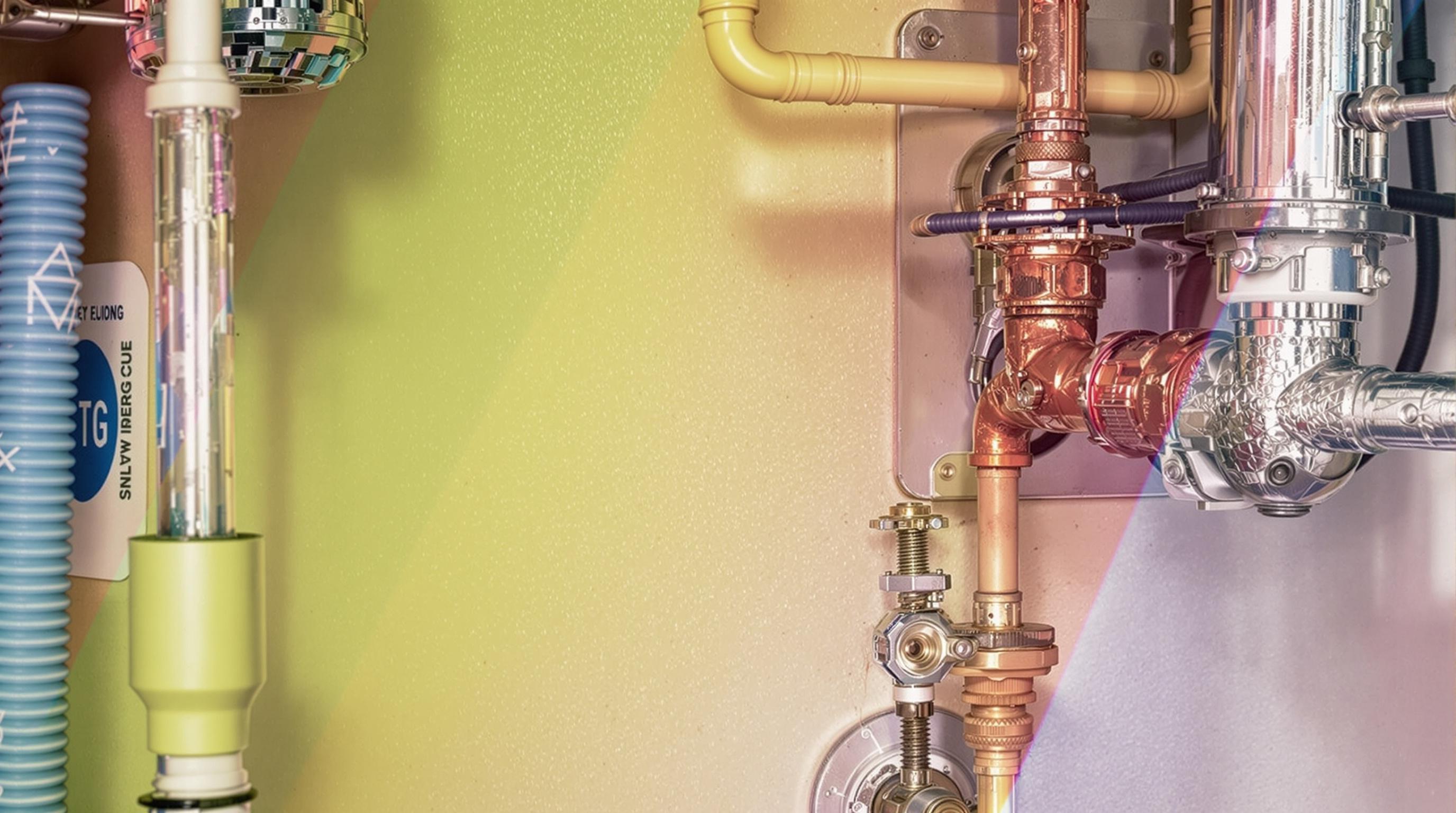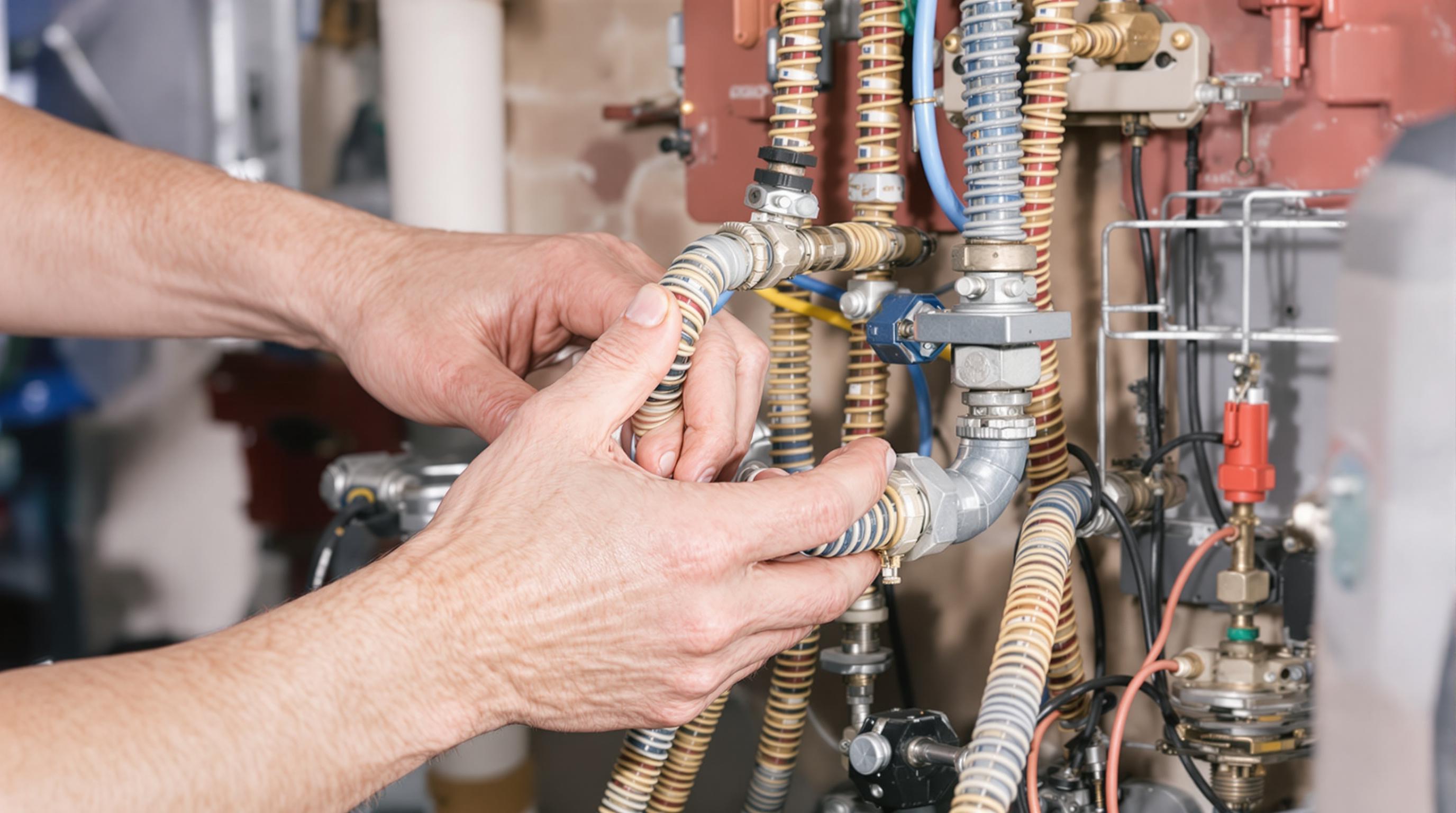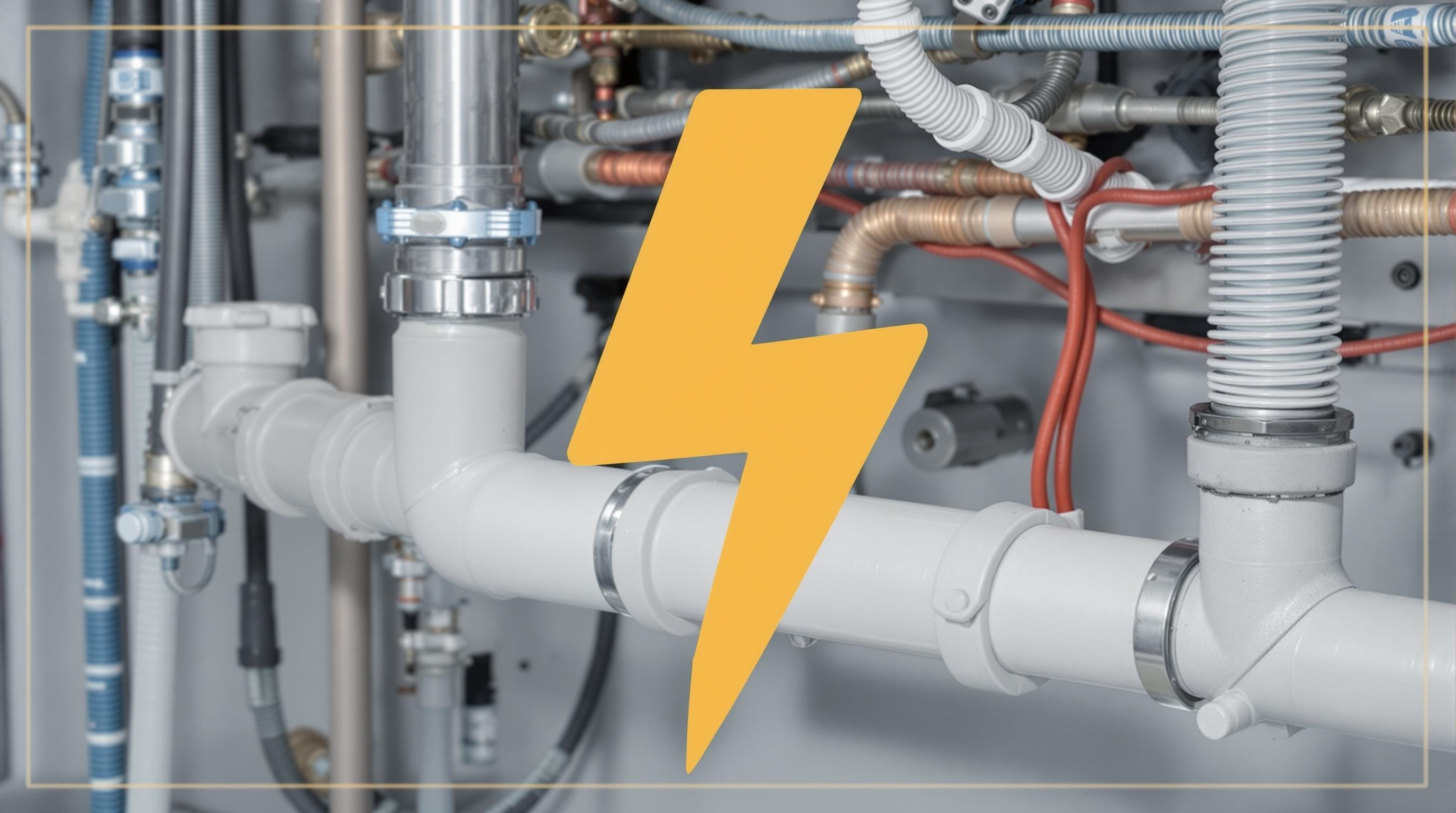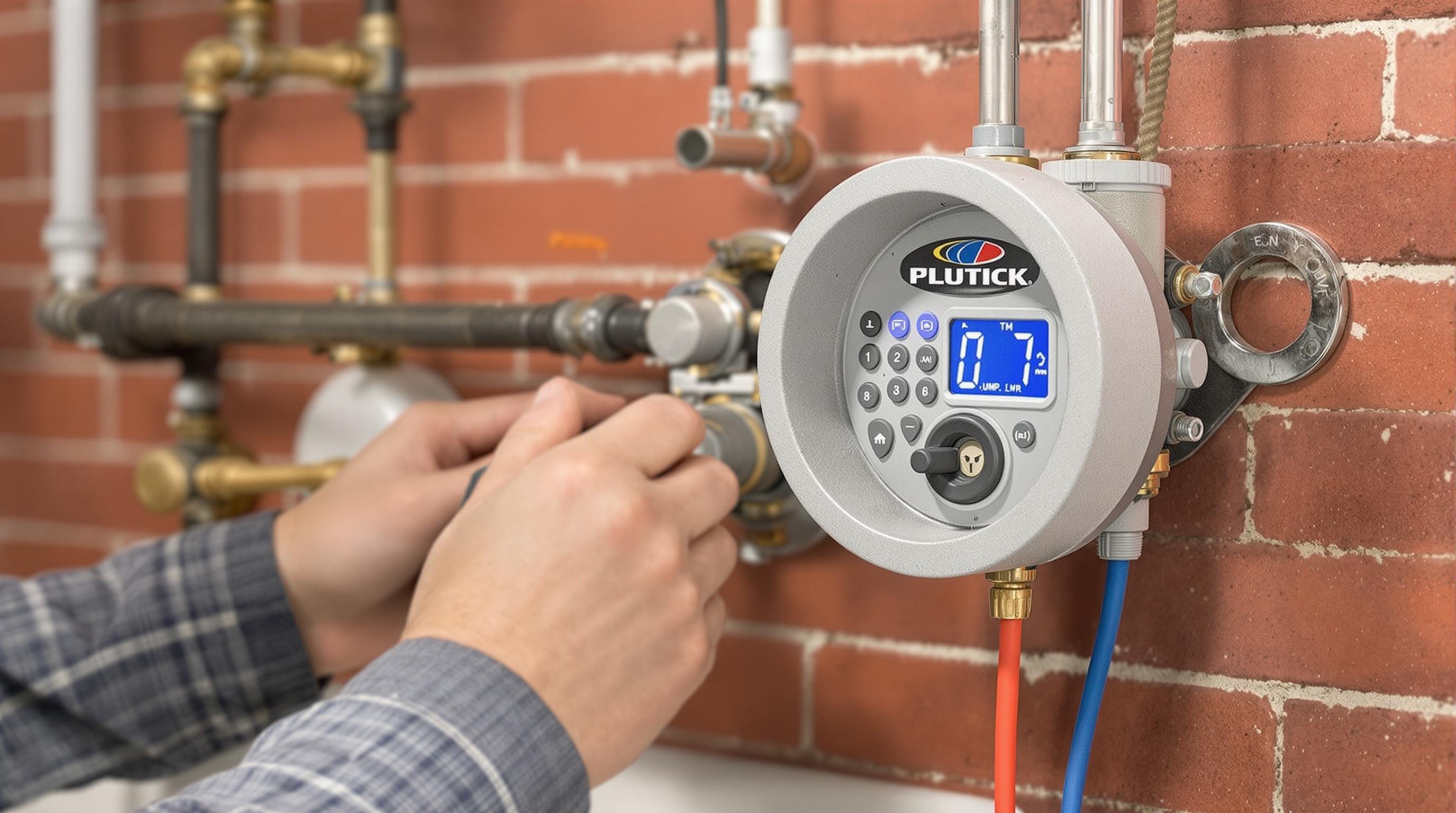Related Articles
- The Hidden Influence of Ergonomics: How Tool Design Shapes Our Physical Spaces and Daily Lives
- The Silent Influence: How Hidden Home Implements Shape Our Daily Routines and Spaces
- The Counterintuitive Role of Chaos: How Messy Tool Storage Can Lead to Unexpected Home Innovations
- Exploring the Unseen: How Audio Experiences Shape the Art of Domestic Spaces and Color Perception
- Rethinking the Mundane: How Everyday Objects are Becoming the Canvas for Modern Artistic Expression in Home Spaces
- Cultivating Chaos: The Surprising Benefits of Embracing Weeds in Your Garden Ecosystem
7 Uncommon Connections Between Plumbing, Electricity, and Your Home's Indoor Air Quality You Didn't Know About
7 Uncommon Connections Between Plumbing, Electricity, and Your Home's Indoor Air Quality You Didn't Know About
7 Uncommon Connections Between Plumbing, Electricity, and Your Home's Indoor Air Quality
1. The Role of Humidity in Indoor Air Quality
Humidity is a critical factor in maintaining good indoor air quality. Plumbing systems, particularly those involving water supply and drainage, can significantly influence humidity levels. For example, leaky pipes can introduce excess moisture into the air, promoting mold growth and negatively impacting air quality.
Moreover, the operation of appliances like humidifiers, dehumidifiers, and even water heaters can contribute to humidity levels. These appliances are often connected to both plumbing and electrical systems, showcasing an intricate relationship that affects indoor air conditions.
According to the Environmental Protection Agency (EPA), managing indoor humidity is essential for preventing respiratory issues and other health problems linked to mold and dust mites (Source: EPA.gov). Understanding this connection can help homeowners address humidity-related issues more effectively.
2. Ventilation Systems and Their Interdependence
Effective ventilation systems require a harmonious balance between plumbing and electrical systems. Exhaust fans, which remove stale air and moisture from kitchens and bathrooms, are connected to the electrical system. However, they also need a functional plumbing system to manage the resulting condensation and moisture.
When a ventilation system is in place, it works best when the plumbing drains associated with appliances, like washing machines or dishwashers, are functioning optimally. Blocked drains can lead to damp, stagnant air, undermining the efforts of even the best ventilation systems.
Proper ventilation not only helps enhance indoor air quality but also prevents structural issues caused by excess moisture in walls and ceilings, which can foster mold growth. According to the American Society of Heating, Refrigerating and Air-Conditioning Engineers (ASHRAE), good indoor air quality hinges on effective ventilation (Source: ASHRAE.org).
3. The Impact of Water Quality on Air Quality
The quality of water coming from your plumbing can significantly affect indoor air quality, primarily through the use of hot water. Sulfur smells from water can escape via showerheads and faucets, introducing harmful gases into the air. This not only endangers air quality but can also affect the health of individuals within the home.
Furthermore, contaminated water from plumbing systems that reach household appliances can lead to unwanted airborne pollutants. For instance, water used in humidifiers that contain minerals or bacteria can disperse pollutants when evaporated, impacting indoor air quality.
Research indicates that water quality issues can be linked to respiratory problems in humans, reinforcing the idea that plumbing impacts air quality far beyond obvious pathways. Maintaining clean, safe water systems is critical for promoting both health and comfort at home (Source: CDC.gov).
4. Electrical Appliances and Indoor Pollutants
Many electrical appliances, such as dishwashers, washing machines, and refrigerators, have a direct connection to plumbing systems. When these appliances malfunction, they can release indoor pollutants, including volatile organic compounds (VOCs) and bacteria, negatively impacting air quality.
For instance, dishwashers may accumulate dampness if not properly maintained, leading to mold and mildew growth. These microbes can then spread through the air, complicating respiratory health issues, particularly for individuals with asthma or allergies.
The importance of proper appliance maintenance cannot be overstated. Homeowners need to regularly inspect and maintain both their electrical and plumbing systems to ensure optimal indoor air quality. According to the Indoor Air Quality Association, cleaning and maintaining appliances is essential for reducing indoor pollutants (Source: IAQA.org).
5. The Aspects of Air Circulation
Indoor air quality is profoundly influenced by air circulation, which can be affected by both plumbing and electrical systems. Heating, ventilation, and air conditioning (HVAC) systems rely on proper ductwork that may be integrated with plumbing elements. If sealed improperly, these ducts can allow moisture buildup, leading to various air quality issues.
Cool air can condense inside ductwork if there is a plumbing leak, creating an environment conducive to mold and mildew. When the HVAC system turns on, it can circulate these contaminants throughout the home, exacerbating health concerns.
Improving air circulation through systematic checks and ensuring both plumbing and electrical systems are functioning appropriately can eliminate stagnant air pockets, enhancing overall indoor air quality. Studies underscore the significance of airflow patterns in maintaining healthy indoor environments (Source: ASHRAE.org).
6. Temperature Regulation and Air Quality
Temperature control is another critical intersection between plumbing, electricity, and indoor air quality. Heating systems often involve both electrical components and plumbing, particularly in radiators or hydronic heating. If these systems fail or leak, it can cause temperature fluctuations that might invite pollutants to thrive.
A well-regulated temperature helps control humidity levels, which relates directly back to indoor air quality. Unstable temperatures can lead to condensation, and persistent moisture can catalyze mold growth, leading to significant health risks for residents.
Ensuring that heating and cooling systems are maintained and working as intended not only optimizes energy efficiency but is also central to maintaining a healthy home environment. The U.S. Department of Energy emphasizes the importance of proper regulation for energy-saving measures (Source: DOE.gov).
7. Household Chemicals and Their Role in Air Quality
Your plumbing and electrical systems interact with the chemicals used in household cleaning products. Many of these products release VOCs, particularly in enclosed spaces. When water systems are not adequately ventilated, the harmful gases emitted can linger in the air, leading to diminished air quality.
Additionally, improper disposal of chemicals down drains can lead to build-up and contamination within both plumbing systems and groundwater. This contamination can compound the issue by creating additional indoor air pollutants that diffuse into living spaces.
Being conscientious about the use of household chemicals and ensuring that both electrical and plumbing systems are working harmoniously is vital for preserving healthy indoor air quality. A study published by the American Journal of Public Health noted a direct link between household chemical use and respiratory conditions (Source: AJPH.org).





